The Economic Backbone of Rural Farmers: Animal Husbandry
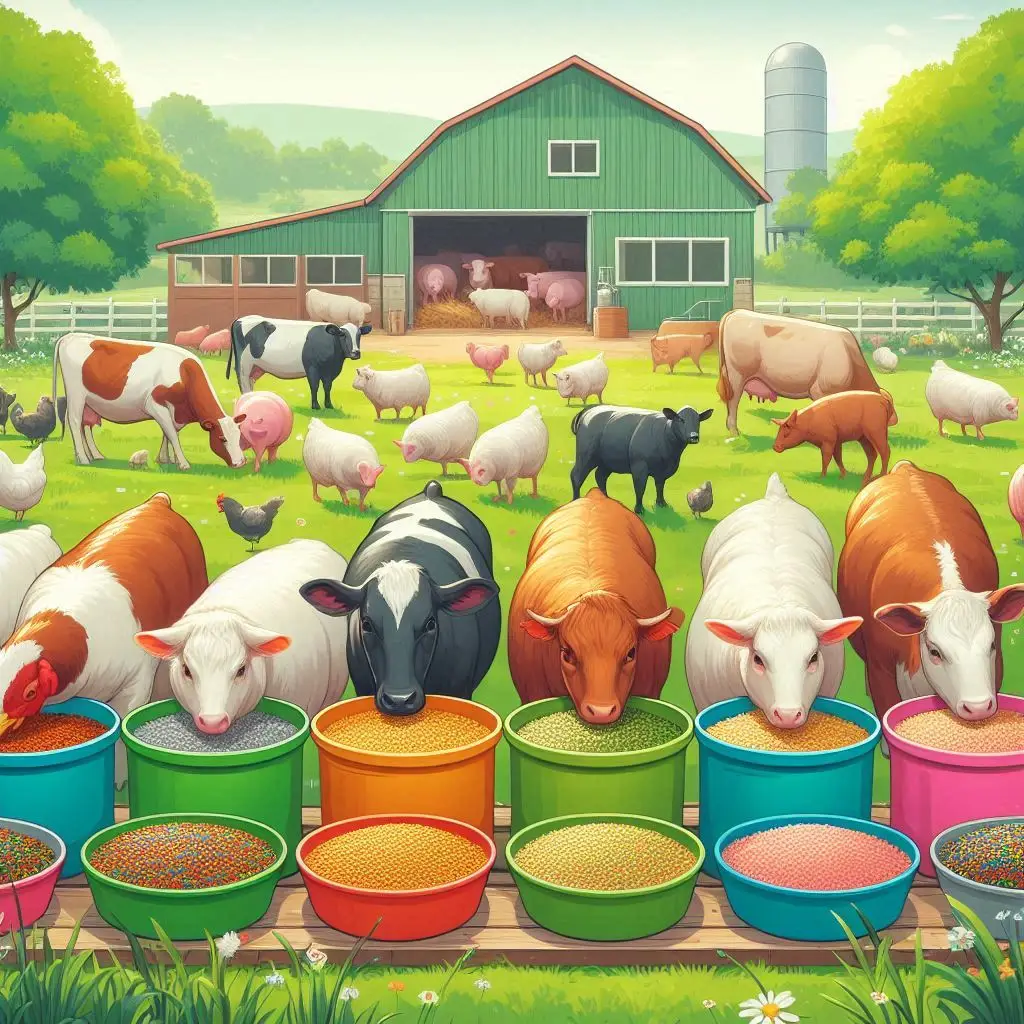
Introduction
Animal husbandry is more than just a farming practice; it is a lifeline for many rural farmers. In regions where economic opportunities are limited, livestock farming plays a crucial role. This article explores how animal husbandry serves as the economic backbone for poor rural farmers. We will discuss its benefits, challenges, and the way forward for sustainable practices.
The Importance of Animal Husbandry
1. Income Generation
For many rural households, animal husbandry is a primary source of income. Farmers raise livestock such as cows, goats, pigs, and chickens. These animals provide products like milk, meat, and eggs. Selling these products helps families meet their daily needs.
Example: Dairy Farming
In countries like India, dairy farming is a significant income source. Families can sell milk daily. This steady cash flow helps them cover expenses like education and healthcare.
2. Employment Opportunities
Animal husbandry creates jobs. It offers work not just for farmers but also for those in related sectors. For instance, feed suppliers, veterinarians, and transport services all benefit from livestock farming.
Seasonal vs. Year-Round Employment
Unlike crop farming, which may only provide seasonal work, livestock farming offers year-round employment. This stability is vital for families relying on consistent income.
3. Nutritional Security
Livestock contributes to the nutritional needs of rural families. Animal products are rich in proteins, vitamins, and minerals. They help improve the diet of children and adults alike.
Diversifying Diets
In many rural areas, diets can be limited. By raising animals, families can diversify their meals. This variety is essential for good health and development.
4. Resource Efficiency
Animal husbandry promotes resource efficiency. Farmers often practice mixed farming, where crops and livestock coexist. This method maximizes land use and reduces waste.
Benefits of Mixed Farming
Animal waste can fertilize crops, while crop residues can feed livestock. This cycle enhances productivity and sustainability. It also reduces the need for chemical fertilizers, which can harm the environment.
5. Social and Cultural Significance
Livestock holds social value in many communities. Animals often symbolize wealth and status. They play a role in cultural events, such as weddings and festivals.
Community Bonds
Raising animals can strengthen community ties. Farmers often share resources and knowledge, creating a supportive network. This collaboration fosters a sense of belonging and mutual aid.
Challenges in Animal Husbandry
While animal husbandry offers many benefits, it also faces challenges.
1. Access to Resources
Many rural farmers struggle to access resources. This includes quality feed, veterinary services, and financial support. Without these, livestock productivity can suffer.
2. Climate Change
Climate change poses a significant threat. Extreme weather events can affect grazing lands and water availability. Farmers must adapt to these changes to maintain their livelihoods.
3. Disease Management
Livestock diseases can devastate herds. Farmers need education on disease prevention and management. Regular veterinary care is essential to keep animals healthy.
4. Market Access
Accessing markets can be difficult for rural farmers. They may face challenges in selling their products at fair prices. Improving market access is crucial for their economic stability.
Government Initiatives Supporting Animal Husbandry
Governments recognize the importance of animal husbandry. They have implemented programs to support rural farmers.
1. Financial Assistance
Many governments provide financial assistance to farmers. This includes subsidies for feed, veterinary care, and infrastructure development. Such support helps farmers improve productivity and income.
2. Training Programs
Training programs educate farmers on best practices. These programs cover topics like animal care, breeding, and disease management. Better knowledge leads to healthier animals and increased productivity.
3. Research and Development
Investing in research is vital. Governments and organizations work to develop better livestock breeds. These breeds are often more resilient and productive, benefiting farmers in the long run.
4. Market Development
Efforts to improve market access are crucial. Governments can help farmers connect with buyers. This includes setting up cooperatives and providing marketing support.
The Future of Animal Husbandry
The future of animal husbandry looks promising. However, it requires sustainable practices and innovation.
1. Sustainable Practices
Farmers must adopt sustainable practices. This includes rotational grazing, organic feed, and improved waste management. Sustainable methods protect the environment and ensure long-term productivity.
2. Technological Advancements
Technology can revolutionize animal husbandry. Innovations such as precision farming and data analytics can enhance productivity. Farmers can use technology to monitor animal health and optimize feeding.
3. Community Involvement
Community involvement is essential for success. Farmers should collaborate and share resources. Strong community ties can help them face challenges together.
Conclusion
Animal husbandry is a vital economic backbone for poor rural farmers. It provides income, employment, and nutrition. While challenges exist, government initiatives and sustainable practices can enhance its benefits. By supporting animal husbandry, we can empower rural communities and promote economic stability.
For more pearls of Vets Wisdom:
https://wiseias.com/partitioning-of-food-energy-within-animals/

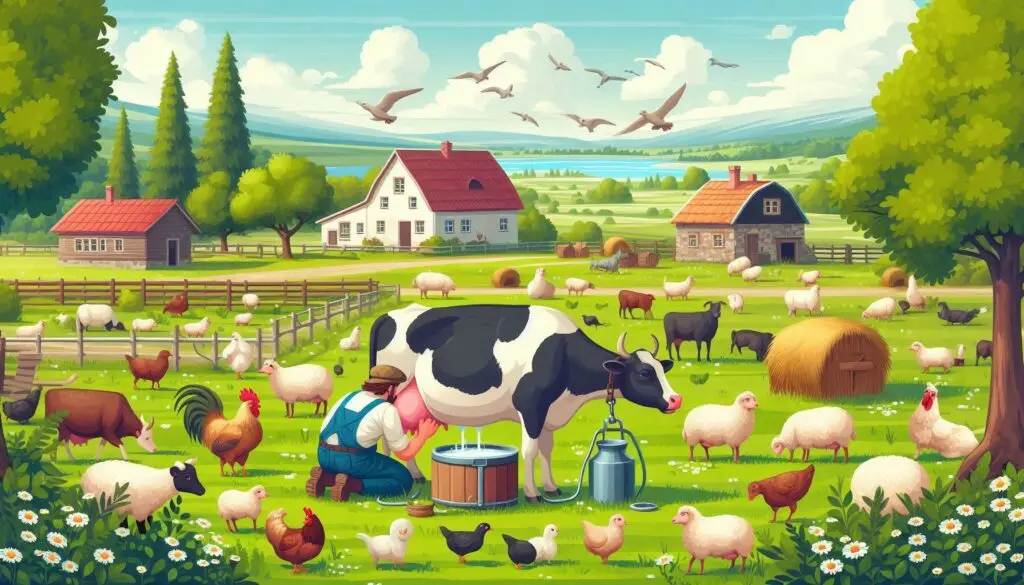
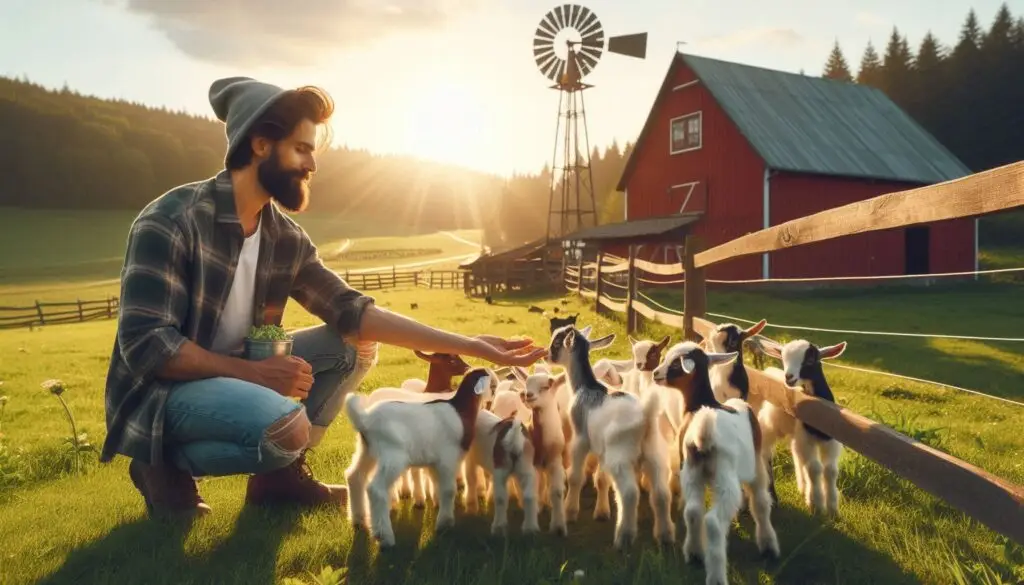
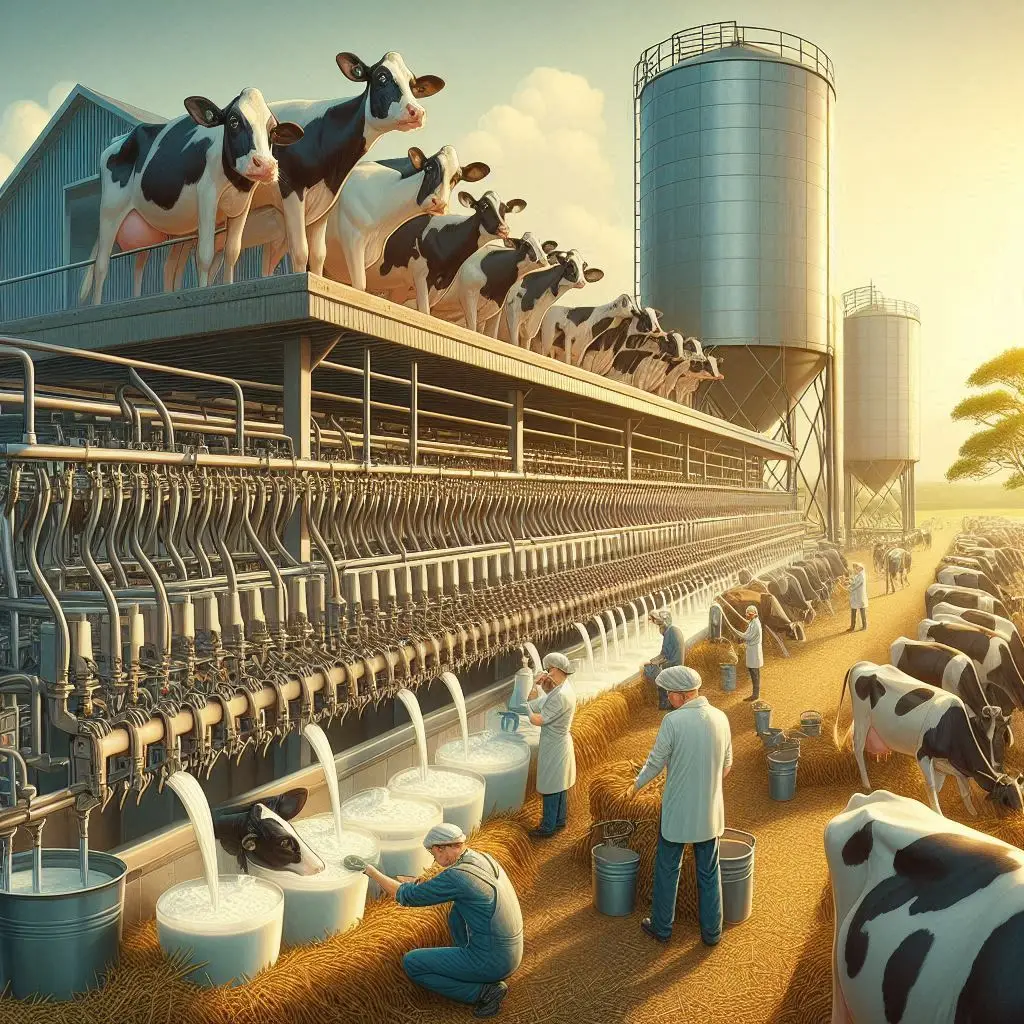

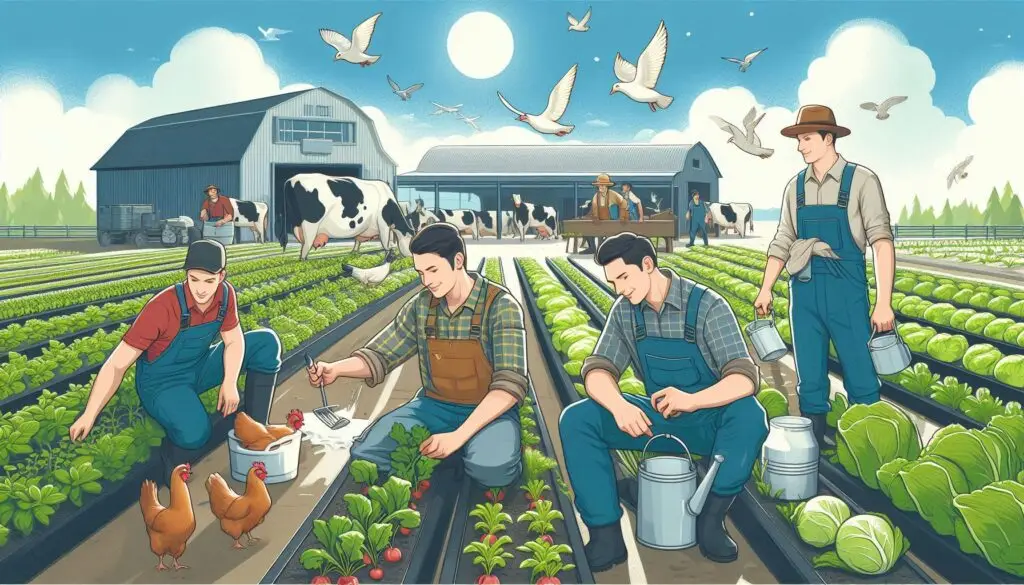
Responses